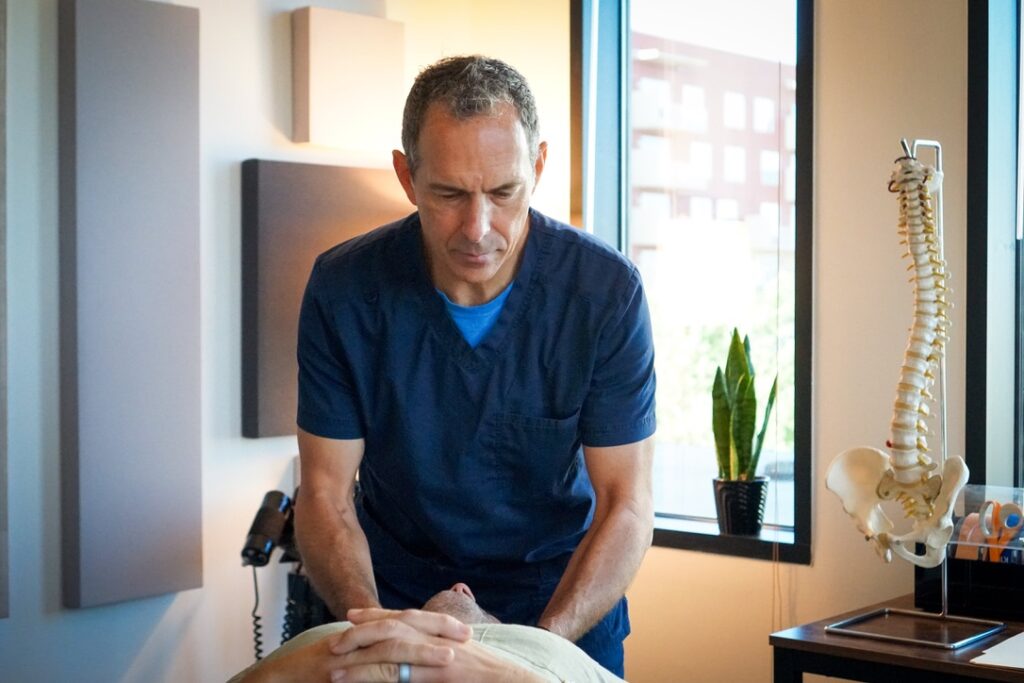
Manning Wellness Clinic–voted best Chiropractor in Dallas–chiropractic, acupuncture and massage 75219, Dallas. Treating back pain, neck, shoulder, headache, sports injuries…every place in your body
People often ask us what conditions are treated by chiropractic. The simple answer to that question is that chiropractic doesn’t treat conditions, it treats people. However, years of experience and studies have shown that by relieving spinal nerve stresses and correcting the body’s structure (skeletal, muscular and neurological) many conditions are relieved. If you have any additional questions or would like to schedule a free consultation to see if we can help you, please contact us.
Chiropractic for Children?: Yes! Chiropractic care for children has been shown to reduce the effects of allergy and asthma, assist in the healing of strained muscles as a result of sports or play. alleviate headaches, in some cases, lessen the need for medications for everything from ADHD to allergy medications to antibiotics for ear infections.
Chiropractic for Ear infections:
Chiropractic care offers a drug-free alternative to alleviate earaches and lessen the chances of a child developing ear infections, which may reduce the need to tubes.
Although chiropractors care for more than just back pain, many patients visit chiropractors looking for relief from this pervasive condition. In fact, 31 million Americans experience low-back pain at any given time.
The back is a complicated structure of bones, joints, ligaments and muscles. You can sprain ligaments, strain muscles, rupture disks, and irritate joints, all of which can lead to back pain. While sports injuries or accidents can cause back pain, sometimes the simplest of movements—for example, picking up a pencil from the floor— can have painful results. In addition, arthritis, poor posture, obesity, and psychological stress can cause or complicate back pain. Back pain can also directly result from disease of the internal organs, such as kidney stones, kidney infections, blood clots, or bone loss.
Used primarily by Doctors of Chiropractic (DCs) for the last century, manipulation has now been embraced by many outside the Chiropractic community. With today’s growing emphasis on treatment and cost-effectiveness, manipulation is receiving more widespread attention and acceptance as a drug-free, effective tool.
Chiropractic spinal manipulation is a safe and effective spine pain treatment. It reduces pain, can decrease the reliance on medication, rapidly advances physical therapy, and requires very few passive forms of treatment, such as bed rest.
To complement chiropractic care, Manning Wellness Clinic also offers in-house massage therapy and acupuncture, ensuring a well-rounded approach to your health and healing. Experience the difference at Manning Wellness Clinic today!